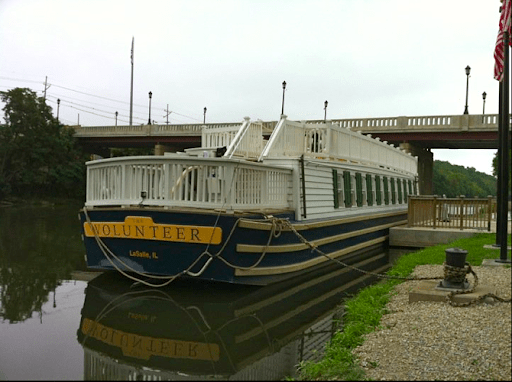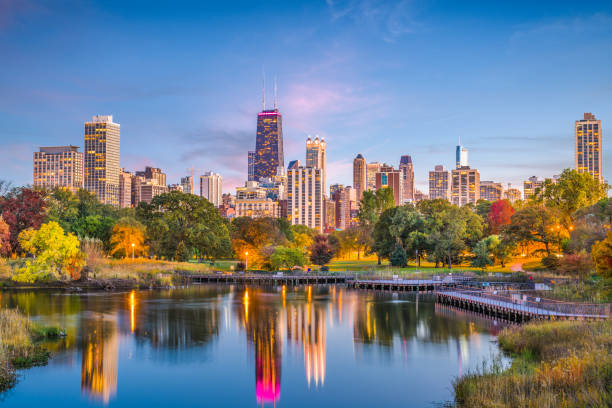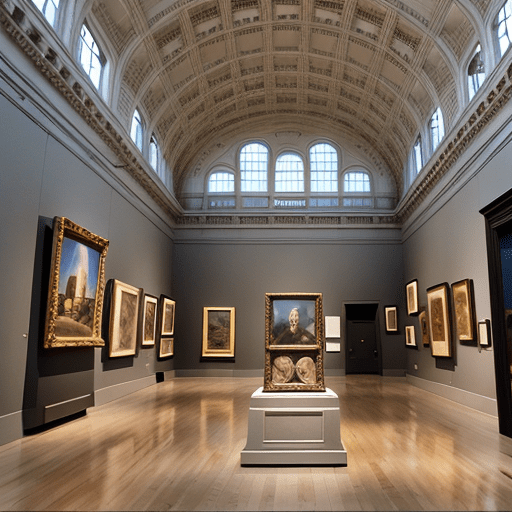The Illinois and Michigan Canal: A Historic Waterway
The Illinois and Michigan Canal, also known as the I&M; Canal, was a vital transportation route that connected the Great Lakes to the Mississippi River and the Gulf of Mexico. This remarkable canal played a significant role in shaping the development of Chicago and the Midwest region. In this article, we will explore the history, significance, construction, and decline of the Illinois and Michigan Canal.
Significance of the Illinois and Michigan Canal

In the 19th century, canals were crucial for transportation, and the Illinois and Michigan Canal played a pivotal role in connecting the Mississippi Basin to the Great Lakes Basin. It not only influenced the geography of Illinois but also had a profound impact on trade and cultural ties. By linking the Northeast with the Midwest, the canal solidified Illinois’ connection to the free states, fostering economic growth and opening new markets for agriculture.
Conception and Planning
The idea of a canal linking the Chicago River with the Illinois River was first suggested by Louis Jolliet in 1673 when he encountered the Chicago Portage. However, it wasn’t until 1822 that Congress granted Illinois an initial land grant to begin construction. Justus Post and René Paul conducted the first survey of possible routes, and in 1830, the canal commissioners platted Chicago and Ottawa to raise funds through land sales.
Construction Challenges and Completion
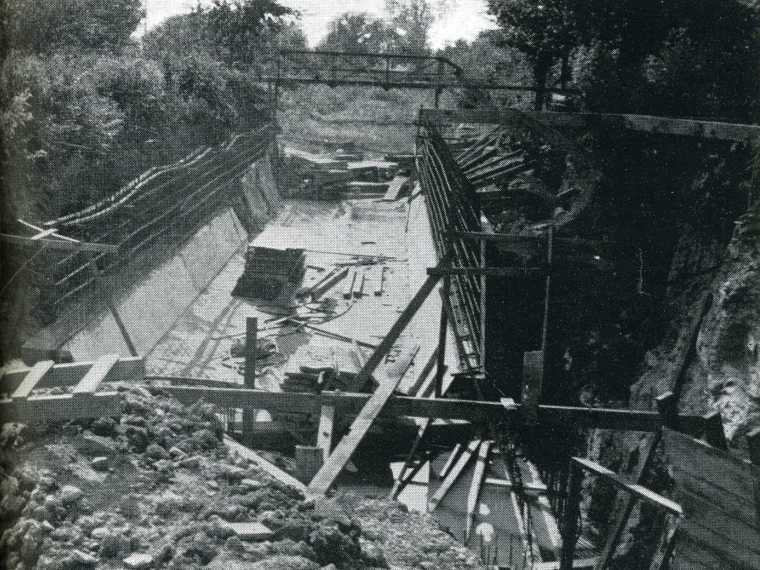
Construction on the Illinois and Michigan Canal began in 1836, but the state faced financial difficulties due to a depression that lasted for several years. Despite the setbacks, the canal was finally completed in 1848 after a financial and administrative reorganization. Much of the labor was provided by Irish immigrants, who lived and worked in transient camps along the canal’s route. The project involved the construction of 15 lift locks, five aqueducts, and four hydraulic power basins.
The Canal’s Impact and Decline
Upon its completion, the Illinois and Michigan Canal became a major transportation route, carrying both passengers and commodities. However, with the arrival of the Chicago, Rock Island and Pacific Railroad in 1853, passenger traffic rapidly declined. Nevertheless, the canal continued to thrive as a means of transporting heavy bulk items such as grain, lumber, and stone. In 1882, the canal reached its peak tonnage of over a million tons, making it one of the few canals to pay off its debt.
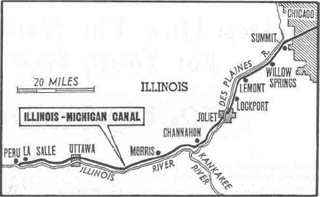
As the years went by, the canal faced numerous challenges. Navigation became increasingly difficult, and the state’s lack of investment in maintenance led to a decline in commercial traffic. By the late 1890s, commercial traffic had significantly diminished, and by 1914, it had all but ceased. The canal’s role shifted towards recreational use, with canal excursion boats serving amusement parks along its path.
Rejuvenation and Preservation
In 1935, the Civilian Conservation Corps and the National Park Service undertook restoration projects to preserve the locks and other structures along the canal. Though interrupted by World War II, efforts to repurpose the canal right-of-way were revived in the 1980s. In 1984, the Illinois & Michigan Canal National Heritage Corridor was established, becoming the nation’s first heritage corridor. This initiative promoted the development of canal trails, nature preserves, and downtown revitalization based on historical preservation.
Today, much of the Illinois and Michigan Canal has been preserved as a linear park, offering recreational activities such as canoeing and hiking. The 62.5-mile trail follows the path of the canal’s original mule towpaths and provides a unique opportunity to explore the region’s history and natural beauty. Museums and historical canal buildings along the route provide insights into the canal’s significance and its impact on the development of Chicago and the surrounding towns.
Adjacent Communities and Associated Individuals
Many towns owe their existence to the Illinois and Michigan Canal, as the canal commissioners platted them to raise funds for construction. These towns include Bridgeport, Summit, Willow Springs, Lemont, Romeoville, Lockport, Joliet, Channahon, Morris, Seneca, Marseilles, Ottawa, Utica, LaSalle, and Peru.
Several notable individuals were associated with the Illinois and Michigan Canal, including Ninian Edwards, Gurdon Saltonstall Hubbard, Louis Joliet, Abraham Lincoln, Nathaniel Pope, and John T. Stuart. Their contributions and influence shaped the canal’s development and the region’s history.
The Illinois and Michigan Canal stands as a testament to the ingenuity and determination of those who conceived and constructed it. Its completion in 1848 transformed Chicago into a transportation hub and boosted the region’s economy. While the canal’s commercial significance declined over time, its preservation as a National Heritage Corridor ensures that its historical and cultural importance is not forgotten. Today, visitors can explore the canal’s path, appreciate its engineering achievements, and learn about its impact on the growth of Illinois and the Midwest.
